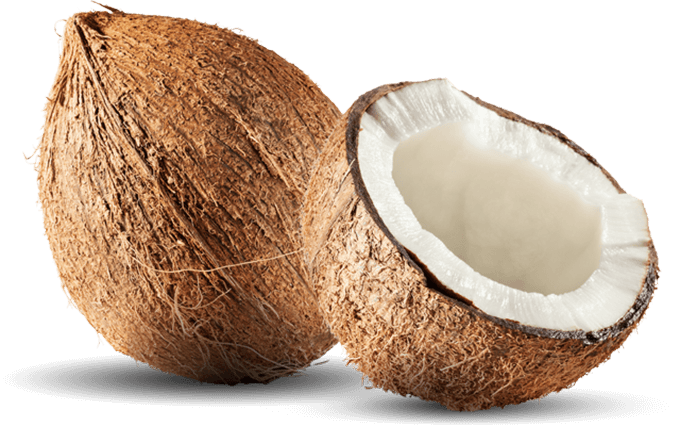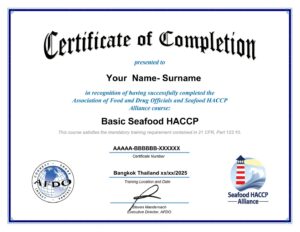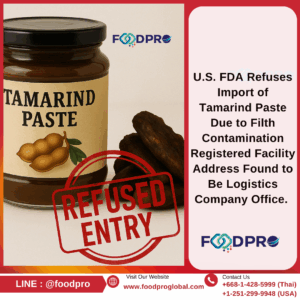[vc_row][vc_column][vc_column_text css_animation=”rotateInUpLeft”]สารก่อภูมิแพ้ 8 ชนิดที่ FDA สหรัฐอเมริกาประกาศให้เป็นสารก่อภูมิแพ้ ซึ่งประกอบด้วย ถั่วลิสง (peanut) ถั่วเหลือง (soy) นม (milk) ไข่ (egg) ปลา (fish) สัตว์ทะเลน้ำเปลือกแข็ง (crustacean shelfish) นัทยืนต้น (tree nuts) ข้าวสาลี (wheat)
สำหรับ Tree Nuts หรือนัทยืนต้น ตาม Section 201(qq) of the Act defines the term “major food allergen” to include “tree nuts ของ FDA นั้นประกอบด้วยนัทยืนต้นดังต่อไปนี้
| ชื่อสามัญ | ชื่อวิทยาศาสตร์ | รูปตัวอย่าง
(ภาพประกอบจาก Internet) |
| Almond | Prunus dulcis (Rosaceae) |
 |
| Beech nut | Fagus spp. (Fagaceae) |
 |
| Brazil nut | Bertholletia excelsa (Lecythidaceae) |
 |
| Butternut | Juglans cinerea (Juglandaceae) |
 |
| Cashew | Anacardium occidentale (Anacardiaceae) |
 |
| Chestnut (Chinese, American, European, Seguin) |
Castanea spp. (Fagaceae) |
 |
| Chinquapin | Castanea pumila (Fagaceae) |
 |
| Coconut | Cocos nucifera L. (Arecaceae (alt. Palmae)) |
 |
| Filbert/hazelnut | Corylus spp. (Betulaceae) |
 |
| Ginko nut | Ginkgo biloba L. (Ginkgoaceae) |
 |
| Hickory nut | Carya spp. (Juglandaceae) |
 |
| Lichee nut | Litchi chinensis Sonn. Sapindaceae |
 |
| Macadamia nut/Bush nut | Macadamia spp. (Proteaceae) |
 |
| Pecan | Carya illinoensis (Juglandaceae) |
 |
| Pine nut/Pinon nut | Pinus spp. (Pineaceae) |
 |
| Pili nut | Canarium ovatum Engl. in A. DC. (Burseraceae) |
 |
| Pistachio | Pistacia vera L. (Anacardiaceae) |
 |
| Sheanut | Vitellaria paradoxa C.F. Gaertn. (Sapotaceae) |
 |
| Walnut ( English, Persian, Black, Japanese, California), Heartnut, Butternut |
Juglans spp. (Juglandaceae) |
 |
คลิกดูข้อมูลเพิมเติมได้ที่ website FDA
The foregoing list reflects FDA’s current best judgment as to those nuts that are “tree nuts” within the meaning of section 201(qq). In order to be comprehensive, this list employs broad scientific categories that may include a species that currently has no food use. The fact that a species falls within a scientific category on this list does not mean that the species is appropriate for food use. FDA further advises that, as with any guidance, the list may be revised consistent with the process for revising guidance documents in our regulation on good guidance practices in 21 CFR 10.115.




